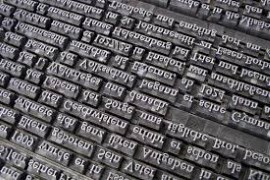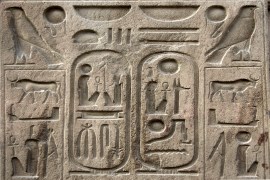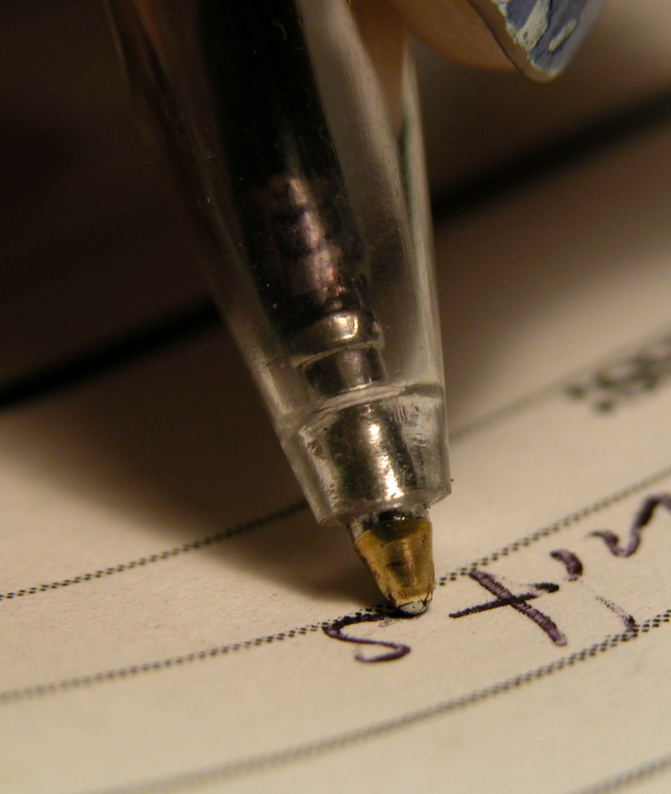Livre | Chapitre
Globital time
time in the digital globalised age
pp. 143-162
Résumé
The traditional playground game of generations of children "What's the time, Mr Wolf?" anticipates a metaphor for time that is neither teleological nor digitally networked, but expressed dynamically in terms of folding. If it is Two O"clock, Three O"clock, Four O"clock or any other O"clock, the players may creep towards the big bad Wolf, who has her back turned, with the aim of touching the wall first. But, if the wolf turns and howls that it is "Dinner Time", the players shriek and run like hell to escape being eaten, and the horror of becoming the big bad Wolf themselves. Children delight most not in O" clock Time but in weathering the consequences of the unpredictable Dinner Time. The enjoy the moment of devouring, of terror, of pleasure and fulfilment (for the wolf); of fearful transformation, of the process of becoming for the losing player, and of rapid movement that is not pinned to a particular time, but is experienced as anytime or perhaps all times folded together. This tumultuous, changing and dynamic sense of time, is perhaps why the philosopher Michel Serres delights in the fact that in French the word for time (temps) is the same word for weather (1995).1
Détails de la publication
Publié dans:
Keightley Emily (2012) Time, media and modernity. Basingstoke, Palgrave Macmillan.
Pages: 143-162
Citation complète:
Reading Anna, 2012, Globital time: time in the digital globalised age. In E. Keightley (ed.) Time, media and modernity (143-162). Basingstoke, Palgrave Macmillan.










